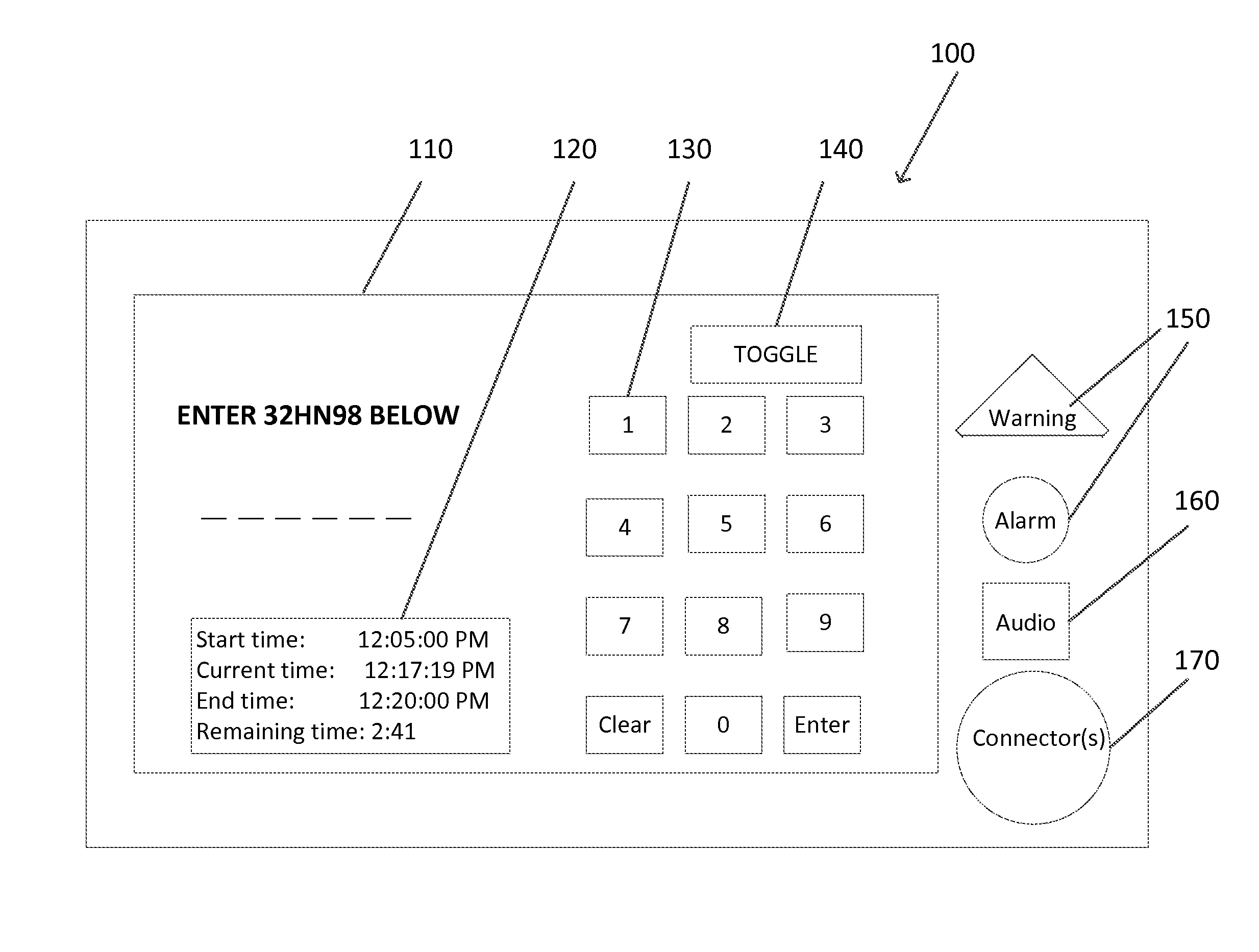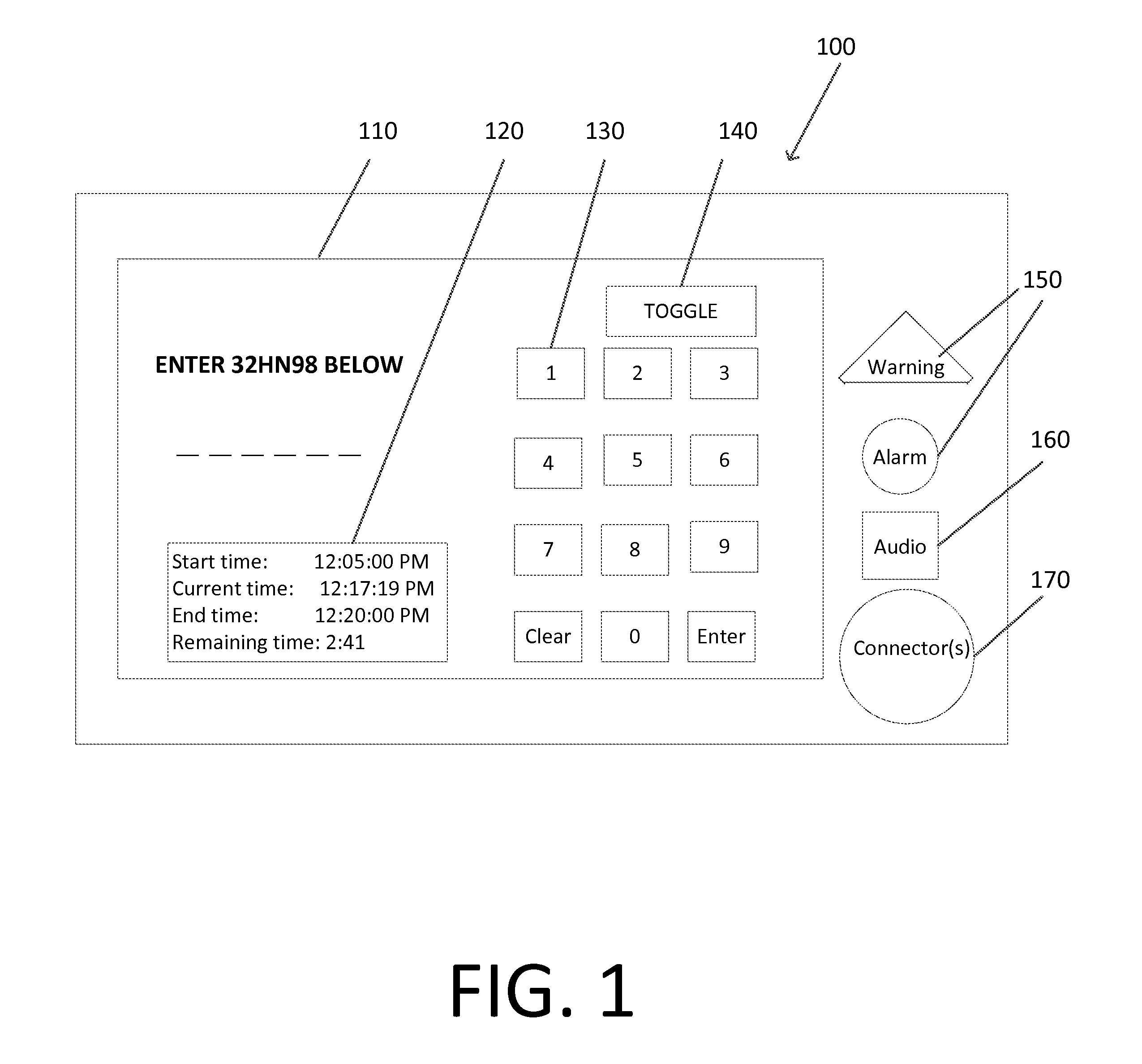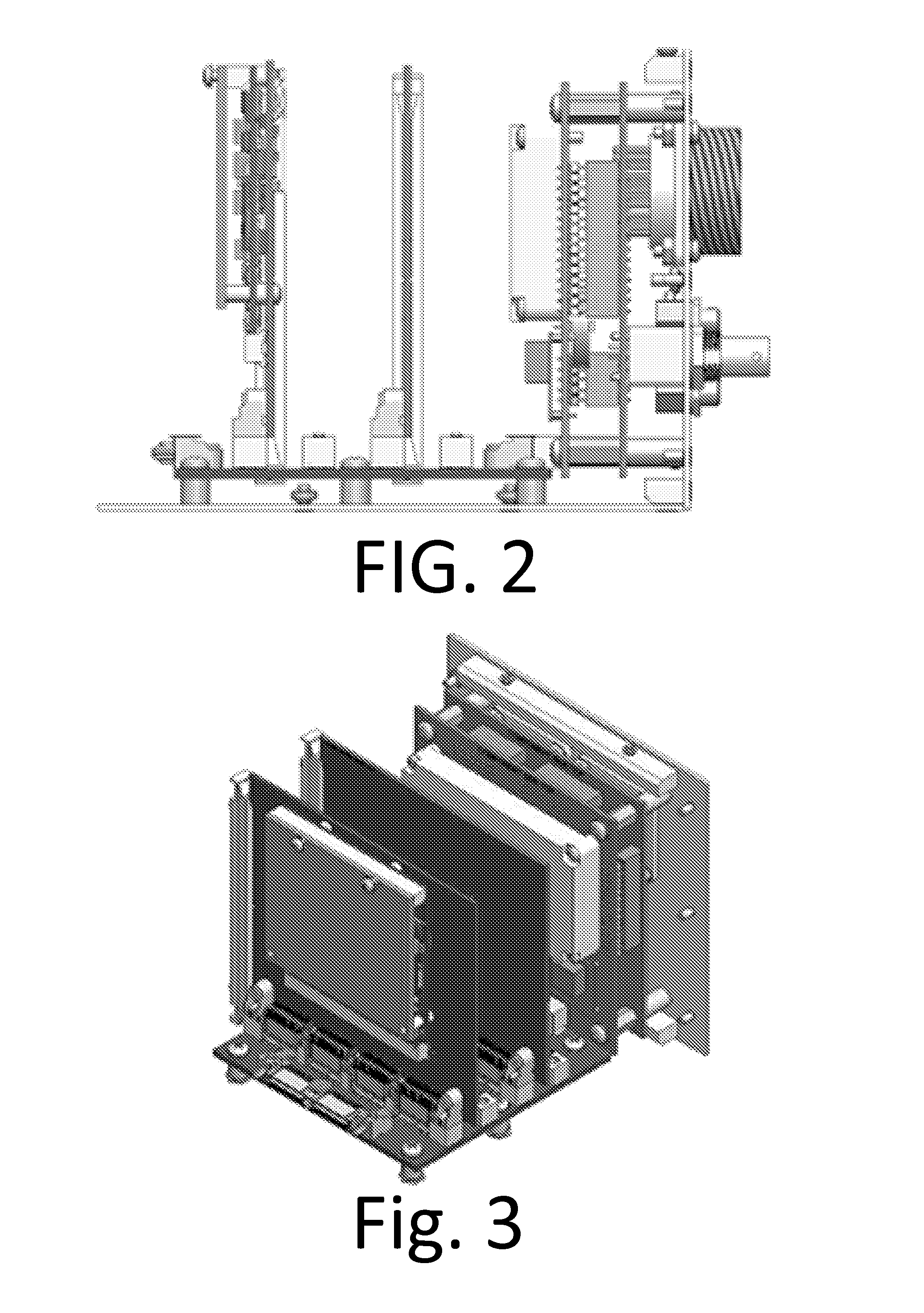Alert interactive system
an interactive system and alert technology, applied in the field of alert interactive systems, can solve the problems of announcing a system failure, a person's disadvantage, and dangerous items that cannot be detected through airport security, and achieve the effect of reducing intentional naps and increasing alertness
- Summary
- Abstract
- Description
- Claims
- Application Information
AI Technical Summary
Benefits of technology
Problems solved by technology
Method used
Image
Examples
Embodiment Construction
[0039]Further features and advantages of the invention, as well as the structure and operation of various embodiments of the invention, are described in detail below with reference to the accompanying FIGS. 1-16, wherein like reference numerals refer to like elements. Although the invention is described in the context of an airplane setting with a pilot, one of ordinary skill in the art readily appreciates that the present invention can be implemented in other types of settings, e.g., a conductor on a train, a driver of a car or truck, a professional at a security checkpoint, a vehicle operator using a vehicle's cruise control, a student in a lecture, a professional at work, an application on a phone (e.g., iPhone App), a wakeup alarm, a sailor or soldier on watch, and other settings where it is useful to be alert.
[0040]The present invention provides an alert interactive system designed to ensure that a person, such as an aircraft pilot, car or truck driver, soldier or sailor, or se...
PUM
 Login to View More
Login to View More Abstract
Description
Claims
Application Information
 Login to View More
Login to View More - R&D
- Intellectual Property
- Life Sciences
- Materials
- Tech Scout
- Unparalleled Data Quality
- Higher Quality Content
- 60% Fewer Hallucinations
Browse by: Latest US Patents, China's latest patents, Technical Efficacy Thesaurus, Application Domain, Technology Topic, Popular Technical Reports.
© 2025 PatSnap. All rights reserved.Legal|Privacy policy|Modern Slavery Act Transparency Statement|Sitemap|About US| Contact US: help@patsnap.com



